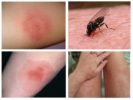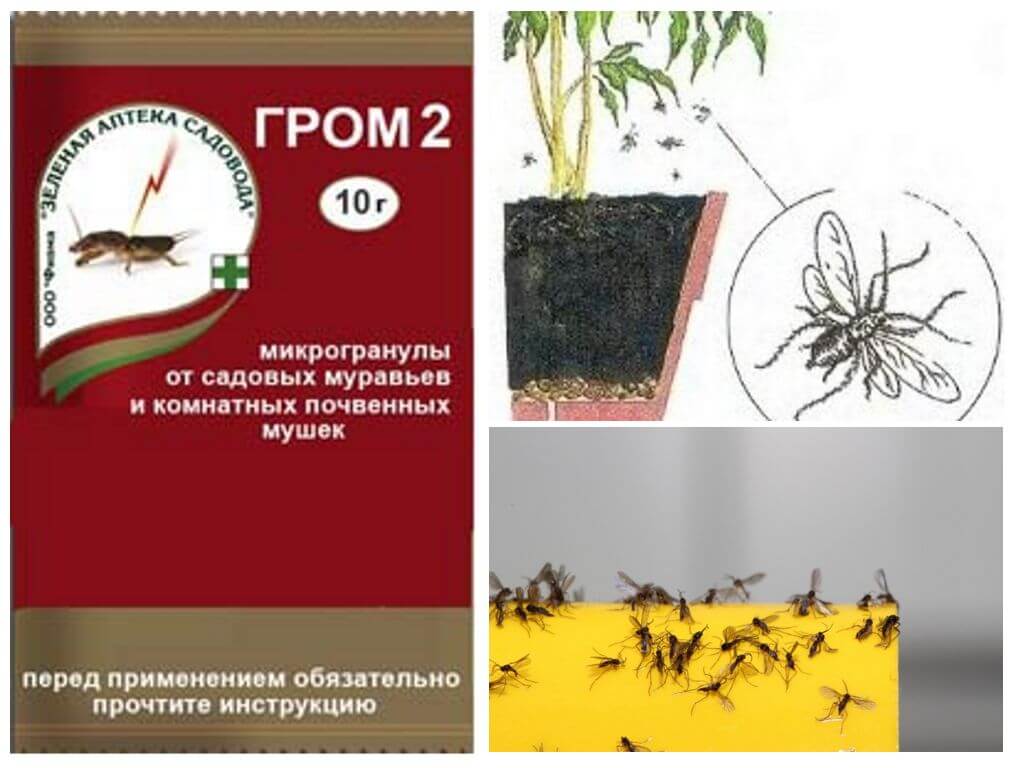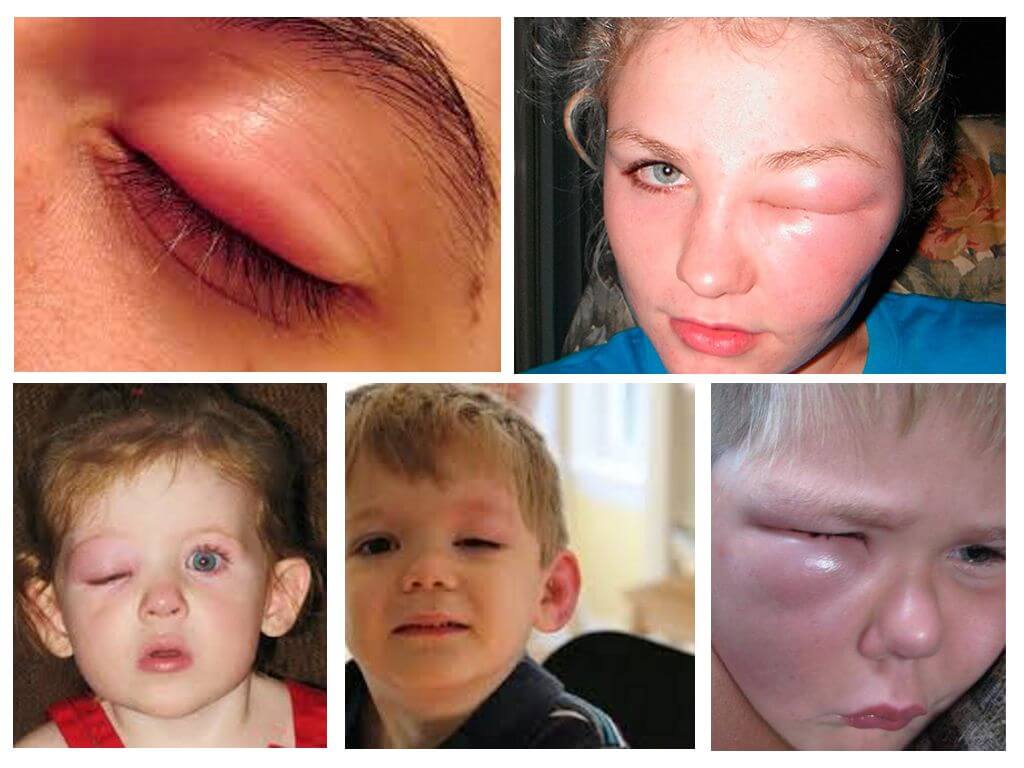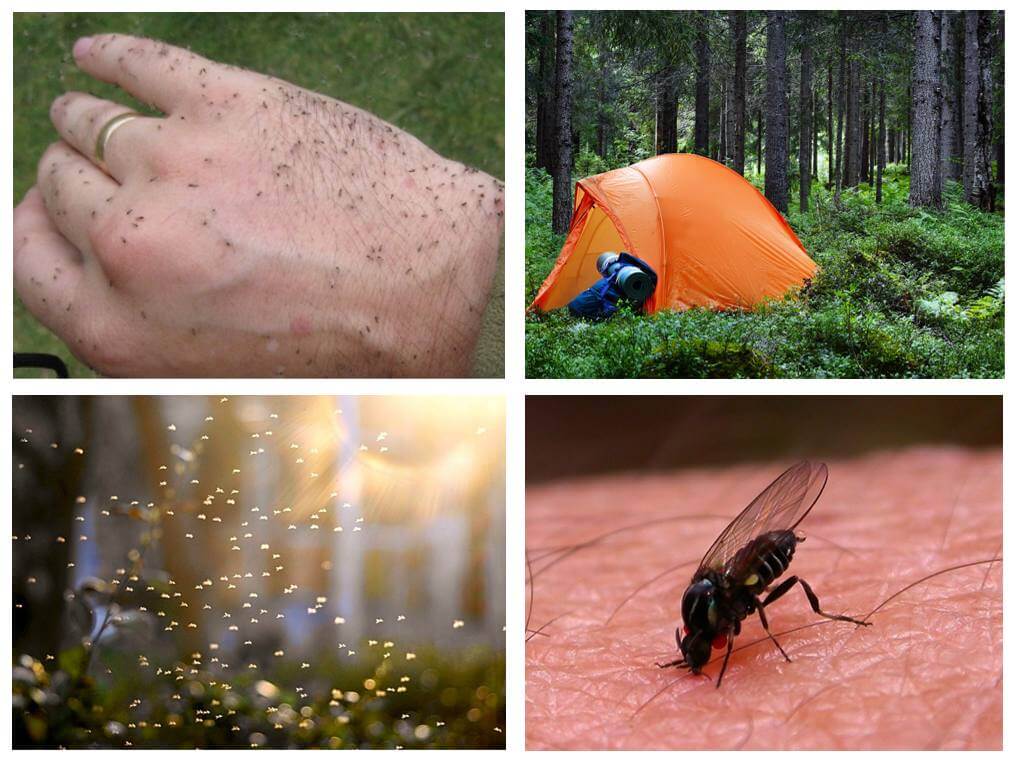- House midges
- Midges bites
- Remedy for a midge bite
Reasons for the appearance
For the fight against biting midges to be effective, you need to know why they appear in the apartment and what gives them the opportunity to stay in human housing for a long time.
Most often, these insects settle:
- In the kitchen, they arise as a result of clogging of pipes, constant abandonment of food, in the presence of rotting fruit, etc .;
- In the room: if there are potted plants or a living area is not cleaned often enough;
- In ventilation holes and shafts, in the water supply in the apartment.
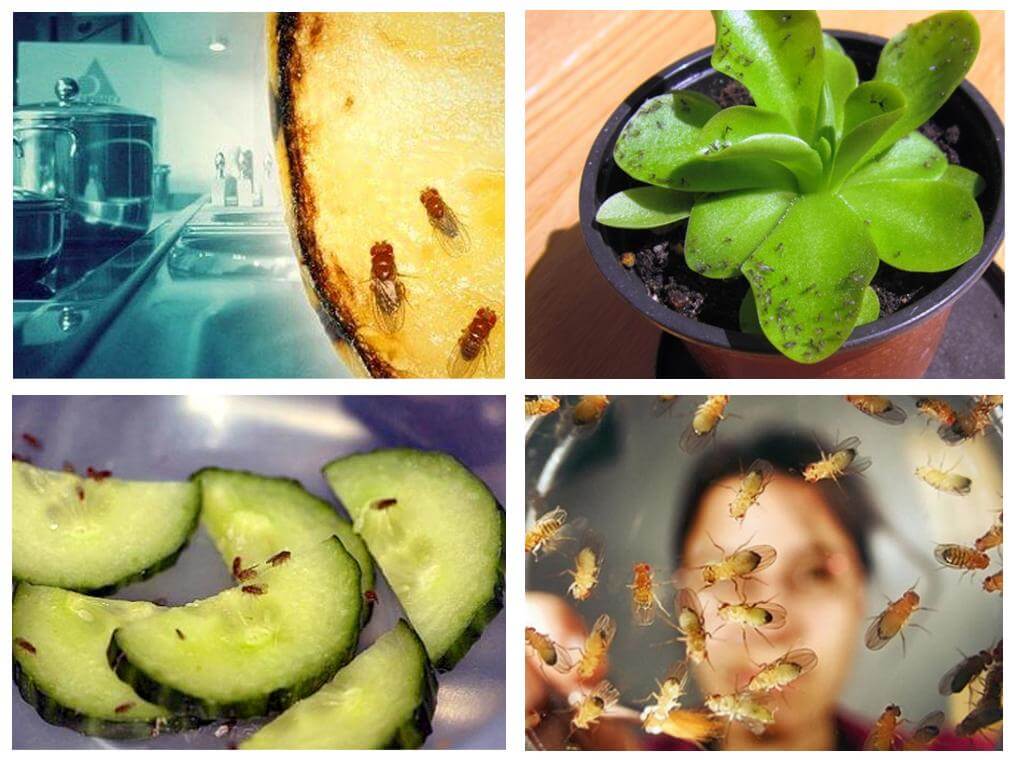
Most often, a biting midge is brought into the apartment by the person himself in the form of eggs of these insects found in fruits or vegetables, in the purchased land of indoor plants and on any items brought from the street. Most fruits are infected by midges at the time the fetus is formed. The eggs of biting insects begin to develop simultaneously with the rotting of the product. Sometimes green midges can fly from the street in search of new sources of food.
If there are too many midges in the apartment, but the food for them suddenly runs out - they can look for other food by attacking a person - that’s why midges fly to the skin.
If the mistress of the house does not like to tidy up the apartment too much, biting midges will be happy to live with her, because the rotting leftovers of food are for them an excellent source of food for posterity.
Midges live just a day, but during this time they lay a huge number of eggs.
Bites
Faced with the appearance of midges in the apartment, they ask whether midges bite. She does not bite with a sting, but tears out pieces of skin, albeit microscopic. The cat is smaller than a mosquito in size, but it bites much more painfully. Insect saliva gets into the resulting wound and causes allergies. It can appear in various ways:
- Redness of the skin at the site of the bite;
- A small wound in the middle of a reddened area of skin of a considerable area;
- Burning and pain;
- Swelling of the tissue and itching in it;
- Various types of rashes;
- When combing, wounds can be covered with a black scab;
- With multiple midges bites body temperature may rise;
- Heartbeat accelerates;
- Lymph nodes are enlarged;
- The pressure drops.

Interesting! Cats do not bite at night when a person is sleeping in bed - they are assets only during the day. That is why the bed and bedding are not interested in this insect - during the destruction of the parasite, you can think about processing the bedroom.
Allergy patients who come complaining of biting insects that are wondering why the midges bite, because they do not eat meat. The fact is that many of these creatures are bloodsucking. Making a hole in the skin midges eat droplets of blood that appear.
What to do after a bite
You can minimize the effect of the poison by wiping the place where the biting midge has stuck, with alcohol or an alcohol-containing agent. If the wound is strongly combed and the process of decay has begun in it, it is best to consult a doctor who is able to provide the necessary assistance.
If you compress immediately after the bite, you can relieve pain and itching.This will require:
- A tablespoon of vegetable oil;
- 1-2 drops of peppermint essential oil;
- 5-6 drops of lemon essential oil.
After thoroughly mixing all the ingredients, soak a piece of gauze in the solution and apply it to the affected area. Place the polyethylene on top of the compress and tightly bandage it. After two hours, the compress can be removed, the skin treated with alcohol or boric acid. Sometimes the drug is left overnight.

What can not be done after a bite
If you are bitten by black or green midges, it is important to remember what you can’t do:
- Treating the wound with household chemicals - this will increase the allergic reaction;
- Scratching the skin;
- Use hormone-based ointment on the wound itself, as it causes a burning sensation, increasing the healing time. Such drugs are permissible to apply only around the affected area;
- If the midge has bitten in the eyeDo not use alcohol-based compresses;
- Do not follow the advice of a doctor and recommendations for taking an antibiotic;
- Use medications without consulting your doctor.
How to get rid of midges
The method of disposal depends on which midges bite. Most commonly used midge remedy Dichlorvos, which can not be called safe for humans and pets, and other aerosols. Therefore, it is better to use modern remedies from biting midges that do not harm people.
In order not to annoy the flower midge in the apartment, you need to follow a certain procedure for caring for plants:
- Rare watering will reduce the amount house plant pests;
- Do not water the flower with tea;
- Place sulfur heads from matches in the ground;
- Sprinkle ground pepper;
- Spray with potassium permanganate;
- Get rid of midges in indoor colors it is possible by airing the premises of the apartment in which the plants are located.
So that biting midges do not appear in the apartment, you should not give them a reason to fly in: clean the aquariums / terrariums / animal trays on time, prevent rotting of food and eliminate dampness in the apartment.
Knowing how to get rid of midges, you can avoid unpleasant-looking and painful wounds. To do this, use pungent odors that the biting midge does not like. To get rid of midges in the apartment or on the kitchenYou can use a floral or citrus air freshener or even dried lemon / orange peels. So that she does not want to bite a person, you can use perfumes with pungent odors.

